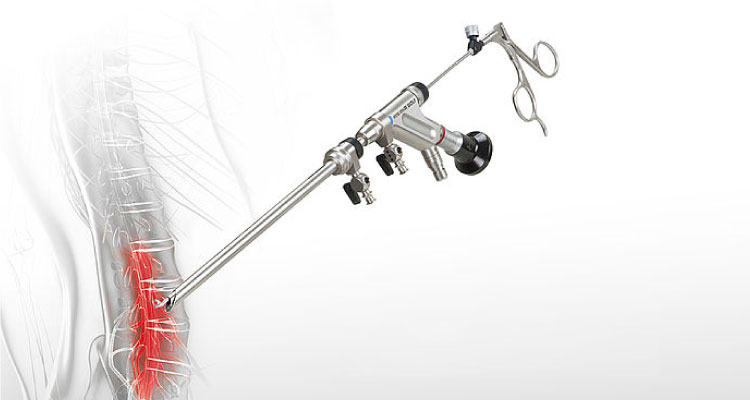
The processes used for decompressing the nerve roots are damaged by narrowing the spinal canal gutter cast by bulging disc bone spur and spondyloses. It is ideally indicated in patients with neurological symptoms like radiating pain, tingling, numbness, weakness, difficulty breathing and, in some cases, bowel or bladder problems.
Most of the patients do not find relief with the non-surgical modalities. However, the process helps relieve the pain associated with spinal stenosis and lower back arthritis.
Things to know about endoscopic decompression
An endoscopic decompression allows the doctor to decompress the spinal nerves in the spinal canal with less than one camp incision. The surgery uses real-time endoscope EMG and radiographic images to be very safe and effective.
Several patients who suffer from sciatica that pain down their legs or lower back pain might be the best candidate for the process. The process can help relieve the pain associated with spinal stenosis and lower back arthritis.
Benefits of endoscopic decompression
The best part about going for endoscopic decompression, as per Dr Sk Rajan, is that it is the least invasive, which means there is minor trauma to your soft tissues and muscles than traditional open surgery. The recovery time is also fast, and there is minimal pain or discomfort following the surgery. In most cases, you can also get immediate leg pain relief. As a result, there are fewer complications and risks. There is a high success rate and sustained success of the therapy, so you should go for this option.
There is no hardware placement or loss of mobility, so that you can choose endoscopic decompression over any other technique.
Who is the best candidate for endoscopic decompression?
You should go for endoscopic decompression if the stenosis results in the narrowing your spinal canal. For example, suppose there is bulging disc arthritis, bone spur and spondyloses that lead to stenosis or narrowing of your spinal canal. The procedure is also ideal for you if you have severe back pain and neurological symptoms of leg pain.
The working of endoscopic decompression
The micro-invasive endoscopic decompression needs a small incision no larger than one centimetre and X-rays to access the lumbar spine. Under the x-ray guidance, muscle dilators are used to stretch your soft tissue instead of cutting the muscles and creating the endoscopic path.
Dr Sk Rajan uses special techniques or instruments to shape down the arthritic bone that compressed the nerves in the spinal canal, and the aim is to free up the norms in the spinal canal. The surgery is done under general anaesthesia, and it takes around 2 to 3 hours, depending on the severity of your problem. Unlike typical open surgery, endoscopic microdiscectomy uses an endoscope to magnify the area.


